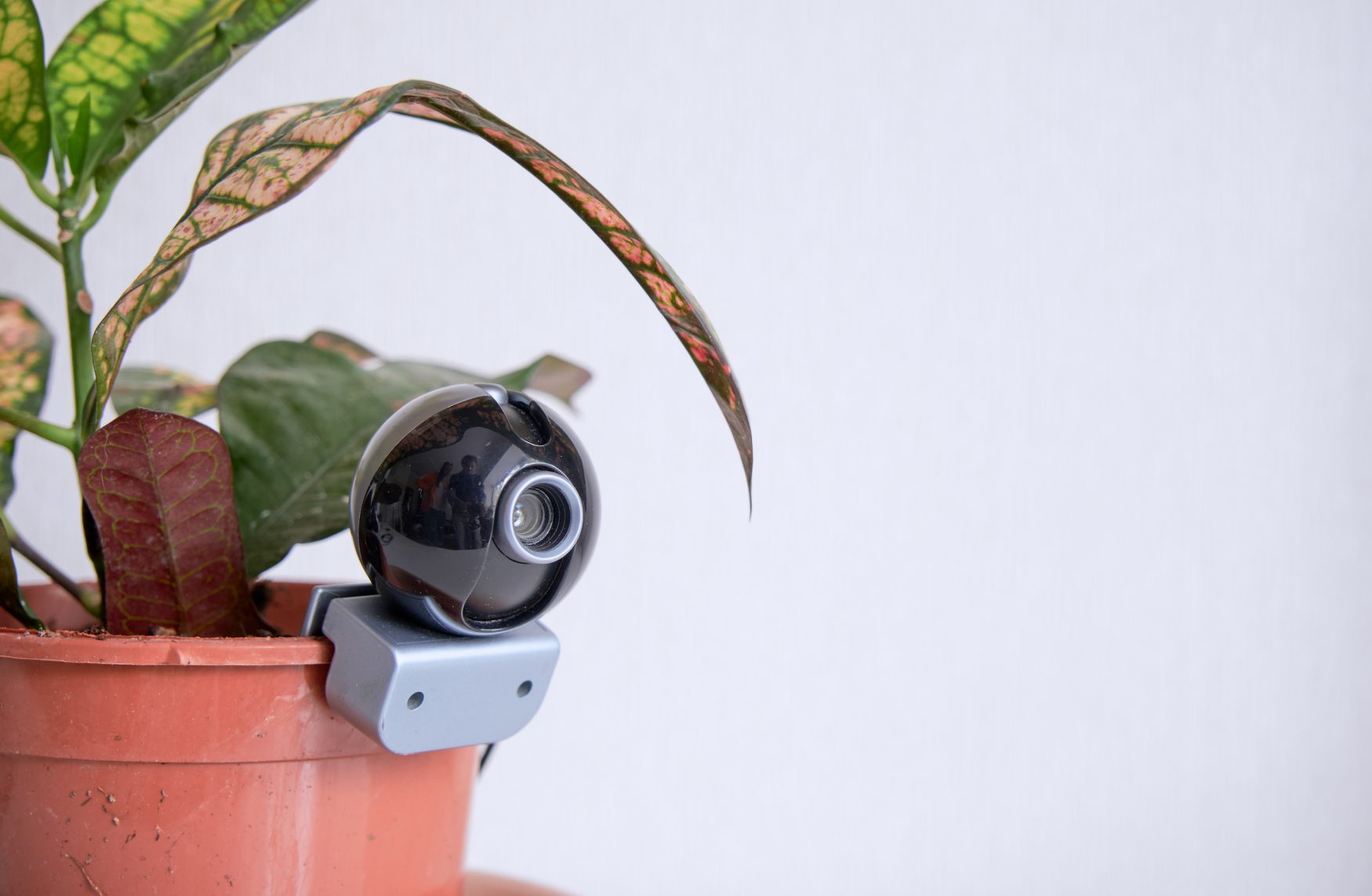
How is Covert Surveillance Software Used?
Covert Surveillance Software Gathers Information
Covert surveillance software is in use everyday.
When a cell phone is switched on, it sends out a signal that can be used to track your location.
The Echelon program, run by the NSA, has been recording phone calls and storing numbers for over two decades.
In the greatest surveillance effort ever established, the NSA global spy system captures and analyzes virtually every phone call, fax, email and telex message sent anywhere in the world.
Quite obviously they cannot listen to everyone anywhere ALL the time, but they have the capability to choose when to listen and who to listen to, wherever they may be.
NSA successfully intercepted satellite calls from Osama Bin Laden in the late nineties as he was talking to his mother.
Under the Clinton Administration Echelon certainly turned its attention to citizens of countries everywhere and monitored millions of calls and other communications.
Echelon expert Mike Frost, who spent 20 years as a spy for the Canadian equivalent of the National Security Agency, told CBS’s “60 Minutes” that the agency was monitoring “everything from data transfers to cell phones to portable phones to baby monitors to ATMs”.
Industrial espionage and electronic eavesdropping surveillance is growing at a phenomenal rate.
This growth has created new demands for eavesdropping devices, bug detectors, wiretap detection equipment and other TSCM counter surveillance products and bug sweep services.
U.S. State Department estimates that there are over 700,000 eavesdropping devices sold each year.
The State Department also reports that over 6,500 incidents of industrial espionage occur in the United States each year with an average economic impact of $1.25 million.
Electronic eavesdropping and surveillance: Technology advancements have significantly enhanced the capabilities and size of electronic eavesdropping devices during that last decade.
Radio transmitter bugs are designed to avoid detection by radio scanners and counter surveillance receivers.
Bug a Room Using a Cell Phone
Wiretapping, Eavesdropping and Espionage
Miniature wireless cameras and nanny cams have expanded the scope of electronic surveillance beyond the traditional methods of installing room bugs and wiretaps.
Cell phone taps and bugs: technology designed to wiretap cellular mobile phone calls has opened a whole new avenue for wiretapping, eavesdropping and espionage.
A working mobile phone can be turned into an eavesdropping device to intercept room conversations.
Bug detectors and wiretap detection equipment: the explosive rate of wiretapping, electronic eavesdropping and competitive intelligence has created a rapidly growing industry for eavesdropping countermeasures equipment.
The contracts or licenses by which the state controls telephone companies means that they must provide access for tapping lines to the security services and the police.
For mobile phones the major threat is the collection of communications data.
These not only include information about the time and duration of the call, but also from where the call was made and to whom.
These data can be determined generally because the geographic communications cell that the call was made in is stored with the details of the call.
But it is also possible to get greater resolution of a person’s location by combining information from a number of cells surrounding the person’s location.
Mobile phones are, in covert surveillance software terms, a major liability.
This liability will only increase as the new third-generation (3G) phones are introduced. This is because the base stations will be located closer together.
Bugs
Covert devices, or ‘bugs’, are not really a communications medium, but they are a device that requires a communications channel.
A “bug”usually involves a radio transmitter, but there are many other options for carrying a signal; you can send radio frequencies through the main wiring of a building and pick them up outside, you can pick up the transmissions from a cordless phones, and you can pick up the data from poorly configured wireless computer networks or tune in to the radio emissions of a computer monitor.
Bugs come in all shapes and sizes. The original purpose of covert surveillance software bugs was to relay sound.
Today the miniaturization of electronics has progressed so far that even TV pictures can be broadcast via bugs that incorporate miniature video cameras (something made popular recently during TV coverage of sports events, etc.).
The cost of these devices has dramatically fallen.
A recent trend has been the development of covert surveillance system devices or bugs concurrently with that of popular electronic devices.
For example, a new surveillance gadget system involves the insertion of recording devices and cameras and communication devices into MP3 players and laptops; the surveillance agents pretending to be listening to music with MP3 players or using laptops then sit near their targets to record their conversation.
The control center gives commands to the surveillance agents through the laptops.
The popularity of such items as MP3/MP4 players and laptops helps mask the widespread surveillance conducted in society after 9/11.
This covert surveillance system is employed by the Department of Homeland Security among others.

 My First Amazing Ayahuasca Experience
My First Amazing Ayahuasca Experience  Pine Needle Tea
Pine Needle Tea  The REAL Controllers of Humanity: The Papal Bloodlines
The REAL Controllers of Humanity: The Papal Bloodlines  Is it Global Warming or Cooling?
Is it Global Warming or Cooling?  Gun Rights and Obama Examined
Gun Rights and Obama Examined